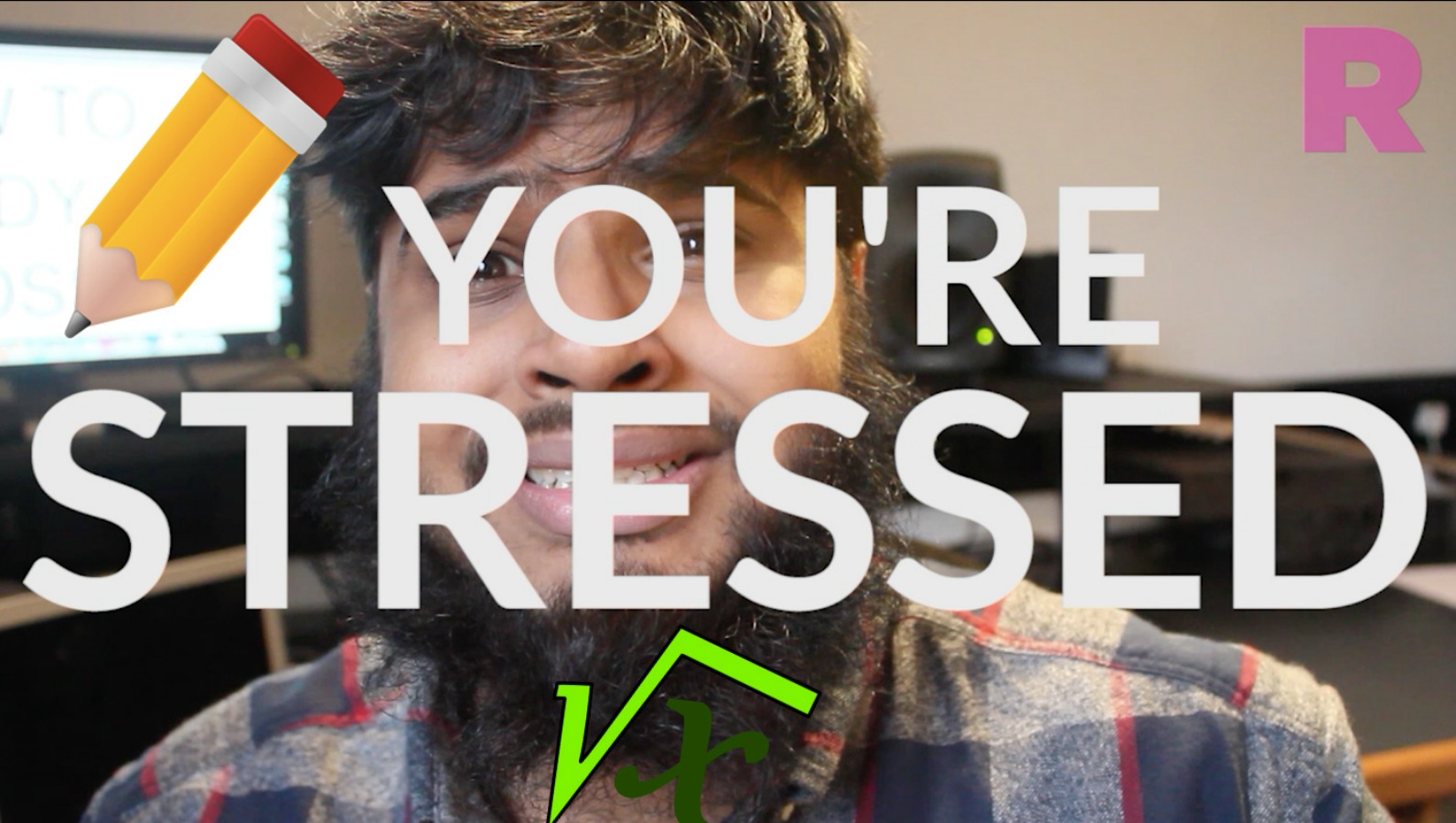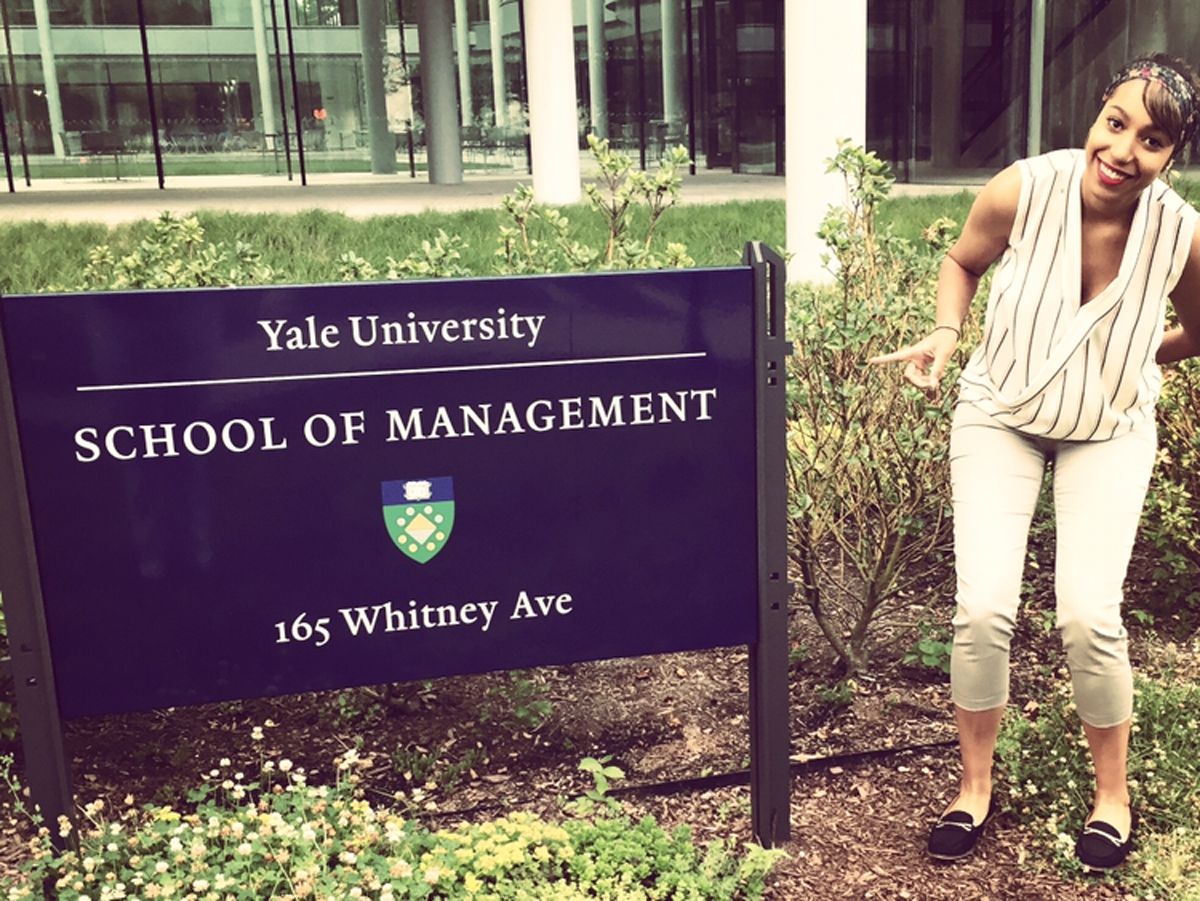Four ways to get your music heard

Independent artist Ben Savery shares his knowledge on how to get your music played
Getting your music heard by large audiences as an independent artist is very important to help you achieve long term success. The more your music gets heard by large audiences, the more likely you will achieve more fans, and this is also an important factor that every record label will judge before they decide if they will sign you or not. Setbacks happen frequently, but getting your music heard requires a lot of patience, and a lot of time.
My name is Ben Savery (my artist name is Benjamin BM$) and I am a BIMM Bristol graduate who finished a BA Hons Music Production Degree in 2020. The most notable achievements I have achieved with my music are getting my track ‘Rewind’, on a BT Sport Premier League coverage slot which was broadcast on BT Sport 1 HD and BT Sport Ultimate, getting eight of my tracks played on BBC Upload, getting one of my tracks played on BBC Music Introducing, and getting five of my songs played on Amazing Radio UK. I also got one of my tracks played on a radio station based in Canada. My track ‘Explanation’, was recently playlisted on Syncr Music’s, ‘Tonethreads Spotlight’, Spotify playlist and two tracks of mine have also been included in invite-only ReverbNation playlists. I am also passionate about sharing my knowledge and experiences to help artists unsure about which promotion methods to use for their music.
The first way is through word of mouth. For me, this has been the most effective way of getting my music heard. Of course, obvious examples of this include telling friends and family members where they can stream your music.
-
Make use of all music streaming platforms
The most popular music streaming platforms used in the UK are Spotify, YouTube and Amazon Prime Music. Uploading music videos to YouTube as Final Cut Pro, Premiere Pro, or iMovie projects is also great. Building up a following on these platforms is another step towards getting your music heard, but this does take time.
I recommend SoundCloud and Bandcamp first, because not only are SoundCloud and Bandcamp easy to use, but they allow artists to upload tracks themselves and get them published on the same day, allowing artists to get their music heard quicker. Also, they both offer useful algorithms that expand the reach of your music. SoundCloud has both SoundCloud related stations and SoundCloud related tracks, which definitely help musicians get their tracks out there. SoundCloud related stations are a way for many SoundCloud listeners to find tracks that haven’t been heard anywhere else. This is useful for listeners who don’t use social media. Also, SoundCloud related tracks is an algorithm that recommends related tracks that sound similar to be played afterwards. Lastly, SoundCloud offers their own algorithmic weekly playlist, that allows individual SoundCloud listeners to be provided with their own playlists based on music they have listened to, liked, reposted and shared.
The services that Bandcamp offers are Bandcamp Discover and Bandcamp Daily. As soon as an album is published, BandCamp features albums on the BandCamp Discover page on the BandCamp website. If an artist is successful with a pitch to BandCamp Daily then also their single/album will be featured on the BandCamp Daily page on the BandCamp website. Artists have to email a pitch to Bandcamp to achieve this.
To get music up on Spotify and Apple Music, independent artists must go through a music distributor. Notable music distributors out there are DistroKid, LANDR, CD Baby, and Ditto Music. But there is a long list of music distributors out there, and they all slightly vary in how they work and which music streaming stores they have partnerships with. Most music distributors that release music to music platforms such as Spotify and Apple Music have partnerships with music streaming services that are based in other countries. For example, LANDR is one of the few music distributors that has a direct line for musicians to upload their music to Chinese streaming stores.
Also another example for artists to get their music heard is a third party app called RepostExchange, which is only for SoundCloud users, but works really effectively. RepostExchange is an app which gives SoundCloud users a set amount of credits, which then allows them to pitch their tracks to get reposted on SoundCloud by other RepostExchange users. The more credits a RepostExchange user has, the more they can pitch their tracks to get reposted, which offers extended reach in terms of followers and vice versa.
Search as many music distributors online as you can to gather information about the services they offer. Most music distributors themselves also have services to help artists gain more listeners and streams once their music is already up but they all vary. It’s also not bad to use multiple music distributors to make the most out of all the useful services all distributors offer. It is mainly about you, how many tracks or albums you want to make, and what you want to achieve.
Most music distributors also give artists the choice to set a future release date. This helps musicians provide pre-sale campaigns to generate buzz for upcoming releases. Also, this means that music distributors can send tracks to Spotify ahead of the release date, which enables artists to pitch their tracks through the Spotify for Artists platform for Spotify editorial playlist consideration, maximizing the chances of getting their music heard. It is also worth mentioning that if Spotify editorial playlist pitches are unsuccessful, there is the most notable Spotify algorithmic playlist, ‘Release Radar’, which Spotify playlist curators automatically include songs to which is just one of the many great Spotify algorithmic playlists available.
Regarding the Spotify For Artists platform, most distributors offer musicians an official Spotify artist page. Also using Spotify For Artists, artists can see streaming stats for individual songs and manage their own Spotify Artist Page. Of course, getting playlisted in general is very hard due to the amount of pitches music distributors and other music companies get from a lot of great musicians around the world. But no matter what type of setback any musician ends up having, the main message is to be patient, keep going and never give up!
-
Share music online and on social media
This is the most common way that artists use to get their music heard, but when sharing and promoting music on social media, it’s also important to know how to make social media accounts engaging. For example, when promoting a Spotify or SoundCloud link on Twitter, make sure that every other post on your Twitter profile is not just posts of your music streaming links or other recently released tracks. Otherwise, there is a strong chance that the level of engagement on your recently posted SoundCloud link will not reach the same level of engagement.
On Instagram stories, for example, you could post about other topics. These could include news on the music industry, film, or even sport – whatever you have an interest in as an artist, while also knowing what days and times to post on social media. Also, on all social media platforms, especially when promoting tracks or even just posting in general, always be vigilant to not post too many things at once. Managing all social media accounts is hard for everybody.
Also it is important to get tracks registered with PRS and PPL before applying for radio play, music sync opportunities (which are opportunities for music to get played on TV) and live performance opportunities. PRS and PPL are the most notable music royalty agencies that help musicians get paid for radio play and music sync. For PRS it is easier to register tracks through a great music publisher called Sentric Music, which is free. For PPL, it’s free to have a rights-holder account, a performer account, or both, in order to register tracks. Both having a PRS account and PPL account is important for any artist. Sentric Music also offers music sync opportunities for artists, and also opportunities for artists to submit their music to be played in many high street shops, ‘in-flight playlists and background music systems throughout the UK’.
Once music is out there on music streaming platforms, artists don’t have to rush the process of self-promoting music, particularly on social media. As I mentioned earlier, it’s all about knowing when to promote your music on social media. Every musician out there has different ways of self-promoting.
-
Make your own website
Creating a website is another useful way of marketing yourself and your tracks. The most notable website providers are Wix and SquareSpace, but there are many that offer different services at different prices, so do your research into all different types. It is also important when creating a website to use a URL that is simple and easily memorable.
While in the process of creating a website, if you ever get stuck on something, most website providers offer a lot of useful tutorials. It is also important to have a clear idea of what you want the website to look like, both using desktop and mobile view.
Creating a website can also be useful for musicians who have multiple social media handles and release music on multiple streaming platforms. Links for social media artist pages and artist pages on multiple streaming platforms can be gathered and listed together, making the process easier for visitors to choose.
-
Make use of other relevant promotional tools online
There are both free services and paid services online that say that they can help to publish your music to a wider audience. Some are legitimate and some are not.
Useful social media self promotion services include Twitter’s free built-in highlighted tweet function, paid Facebook ads and paid Instagram ads. Snapchat does also offer a useful free function for musicians called Snapchat Spotlight who want to share their music as SoundCloud/Spotify links on stories which efficiently expands reach
The most common self independent promotion services that work independently outside of social media platforms are LinkTree and LinkFire. LinkTree broadens the scope for any creator to provide links to their work. The most common way for a creator to gain visitors to their LinkTree is by publishing their LinkTree URL in social media bios.
LinkFire is a service which is designed for musicians to provide smart links and presale campaigns. LinkFire also offers to help artists drive ticket sales for tour promotions using a range of promotional features, as well as help to view accurate statistics regarding which tracks fans stream and buy, and which music streaming platforms fans stream and buy tracks on.
Blog placements are also another useful way for musicians to expand their reach. This is a very competitive area for musicians and rightly so, because this has the most longevity. My main advice is try to build your artist profile first. Blogs prefer to publish artists that have a strong fanbase and have achieved radio play, music sync and live performances. These achievements convince them that you are a serious artist that wants to achieve long term success.
If you want your pitch to stand out, these are the most important stepping stones. Have a strong idea for what they want to achieve when submitting pitches, while also setting targets that are both sustainable and achievable. When artists set sustainable and achievable targets, it definitely helps to aid their overall journey of getting music heard.
Check out Benjamin’s music here. Do you have any more ways of promoting your music to add to this list? Let us know in the comments.

About Rife





